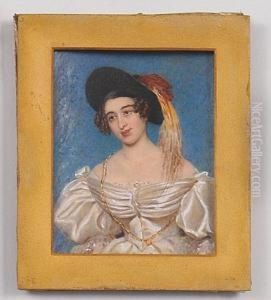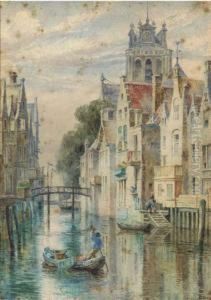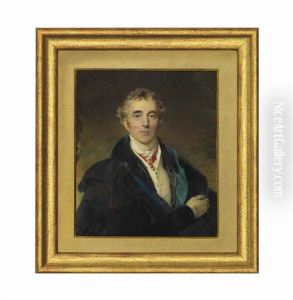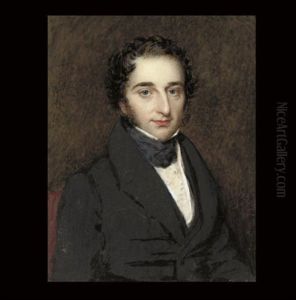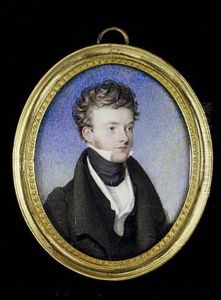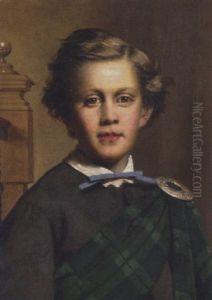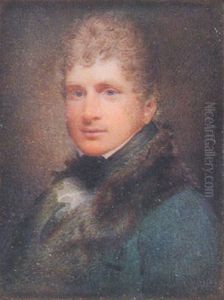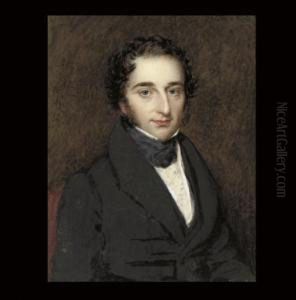George Raphael Ward Paintings
George Raphael Ward was an English engraver and painter, best known for his works during the 19th century that often included religious themes, portraits, and historical scenes. Born in 1798 in London, Ward was part of a period in British art that saw a great expansion in the production of engravings, which were used to illustrate books and periodicals, and also sold as prints.
Ward's talent for engraving was evident from a young age, and he quickly established himself as a skilled artisan in this field. His work often involved translating the paintings of other artists into engravings, which were then made available to a wider audience. This was a common practice during the era and allowed for the popularization of the visual arts, as original paintings were typically only accessible to the wealthy.
Throughout his career, Ward worked on a variety of projects and collaborated with many prominent artists of the time. He was particularly noted for his collaboration with the artist Benjamin Haydon, on whose painting 'Christ's Entry into Jerusalem' he based one of his most famous engravings. This work exemplified his capacity to capture the detail and emotion of the original paintings, contributing to his reputation as a master engraver.
Despite his success as an engraver, Ward also pursued painting, although his works in this medium did not achieve the same level of recognition as his engravings. He exhibited at the British Institution and the Royal Academy, indicating his acceptance among the artistic circles of his time.
George Raphael Ward's contributions to the field of engraving were significant during his lifetime, and his works continue to be studied by art historians for their technical proficiency and their role in disseminating the visual culture of the period. He passed away in 1879, leaving behind a legacy as one of the notable English engravers of the 19th century.
